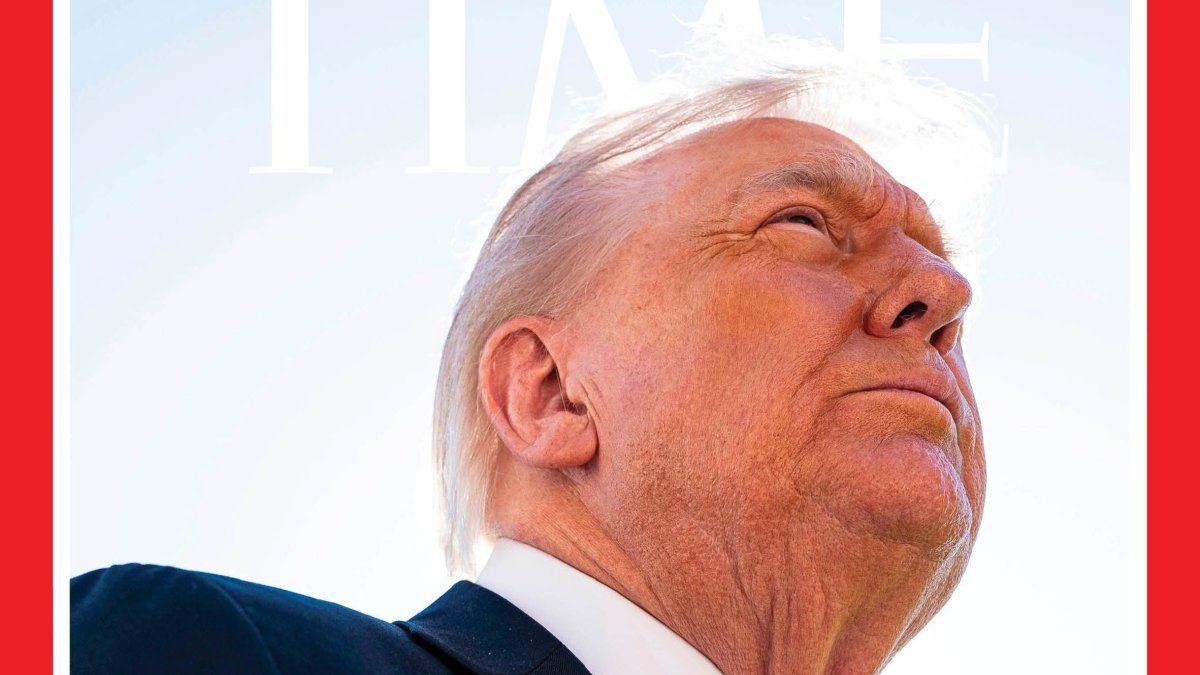The amount of national Treasury instruments in pesos held by the entity increased by $1.8 trillion between October 15 and 23.
Although the Ministry of Economy managed to overcome this year the barrier of maturities in pesos that had been generated before the electoral period, the cost of issuing the central bank to intervene in secondary markets was high. Through the mechanism for purchasing bonds in pesos to banks and other capital market operatorsthe entity chaired by Miguel Pesce managed to prevent prices from collapsing and that, in this way, a debt crisis would occur, as happened in June 2022, when Martín Guzmán had to leave the Treasury Palace. At that time there was a lot of mistrust about the possibility of repayment or a compulsive re-profiling of maturities.
The content you want to access is exclusive to subscribers.
According to official data, the holding of bonds in pesos of the governing entity of the Argentine financial system is $15.8 billion (data as of October 23). That amount is equivalent to 24.7% of assets. The striking fact is that in the week before the elections the amount of bonds in national currency issued by the Treasury in the Central Bank’s portfolio was $14 billion, equivalent to 22.5% of the assets.


In the week before the elections presidential elections in which the Minister of Economy, Sergio Massa, obtained more votes than the libertarian Javier Milei, The BCRA bought bonds in pesos for $1.8 billion in the secondary markets, which implies a significant cost in issuing money and a true record.
At the beginning of 2023, according to the weekly balance sheet as of January 7, the holding of Treasury securities was $3 trillion, that they represented 10.6%. This indicates that the entity doubled the participation of this type of bonds in relation to its assets.
It is to be remembered that In the week before the elections, the market discounted Javier Milei as the winner of the first round, and based on this, he foreseen a situation of hyperinflation, because it was assumed that if he reached the Casa Rosada he would try to dollarize without dollars.
At that time, the opposition candidate recommended that the public withdraw their pesos from the banks, which generated a high demand for coverage in dollarized instruments, future contracts and stocks, while the prices of bonds in pesos collapsed, more precisely, the that adjusted for inflation.
In the debt tender prior to the first round, the Ministry of Finance was barely able to renew the week’s maturities by obtaining a roll over level of 106%. Then, in the second call, with the result set and the surprise of a triumphant Sergio Massa, the Treasury placed $1.2 billion, with the issuance or reopening of seven new titles in pesos, and reached a record “roll over” of almost 240%. A large part of those bonds are supposed to be in the BCRA portfolio now.
In November, according to data from the Congressional Budget Office (CPO), there are maturities totaling $1.7 trillion, of which $1.5 billion corresponds to a Lecer (X23N3). The first call of the month will be after the elections, on the 21st, and the second is scheduled for the 28th.
Source: Ambito




